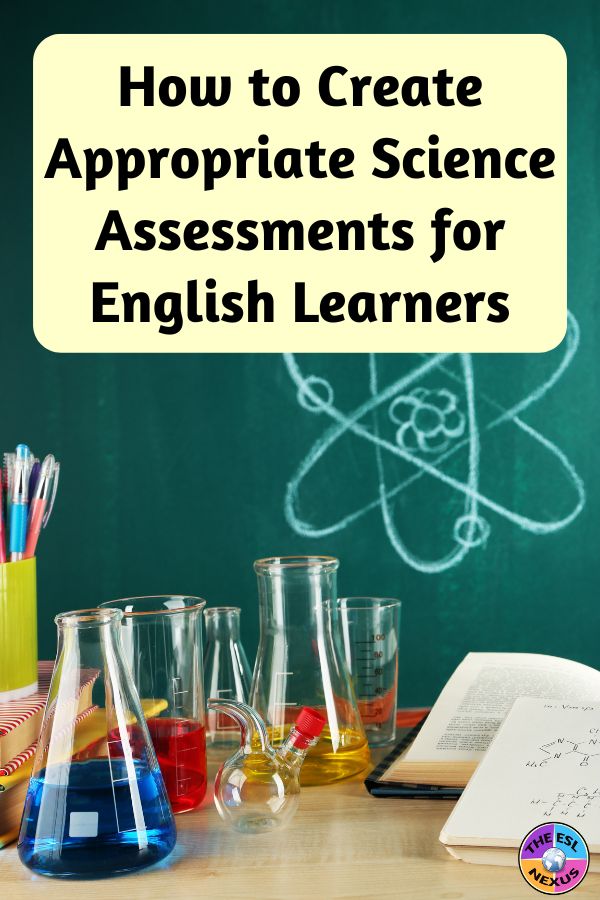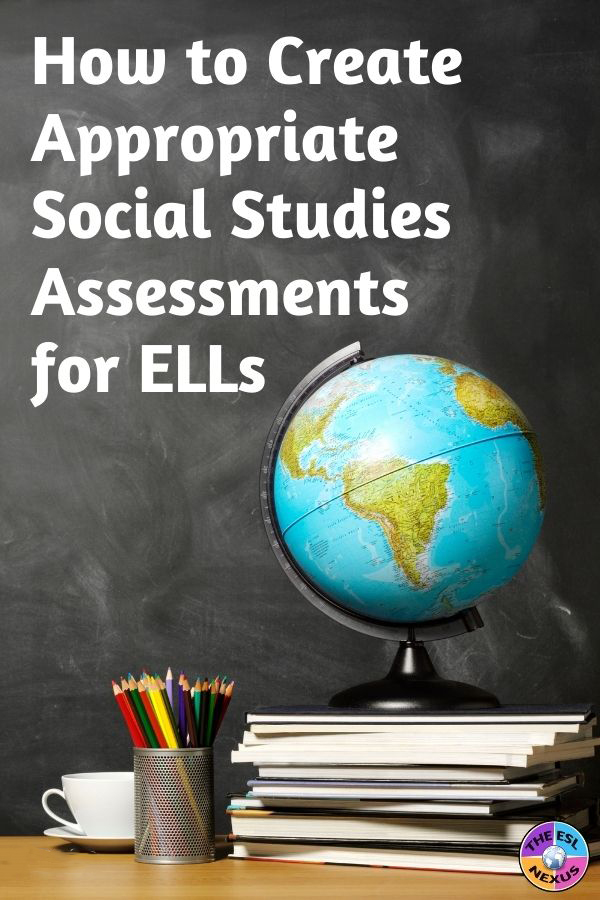Quick – after you say hello and get your students settled in your classroom and ready to learn, what’s the next thing you should do? If you said: Go over the written objectives for the lesson, you’re right!
You’re probably familiar with the SWABT formula, which is Students Will Be Able To… do something by the end of the lesson. Many schools and teachers use this acronym as a guide for writing their objectives. But what, actually, do you write? That is, how do you phrase your objectives? And does it really matter?
Well, yes, it does. If you’re teaching English Language Learners, and most classes in the U.S. have at least one ELL in them so you probably are, then one of the most useful things you can do is write your objectives in a way that tells students what content information they will learn and what language they will need or use to learn it.
What is SIOP?
Distinguishing between content and language posts is a key part of SIOP, the Sheltered Instruction Observation Protocol. The book Making Content Comprehensible for English Language Learners: The SIOP Model, explains what SIOP is all about and how to implement it. (This is an affiliate link. That means that I make a small commission if you purchase this book but it’s at no additional cost to you. Thank you for your support!)
After I read it, I revised how I wrote my learning objectives and from then on wrote them according to the format described in the book. I also designed a short-term training for educators in my former school district about SIOP because I thought the ideas were really helpful for ELLs. (I wrote a review of the book a few months ago, which you can read here.)
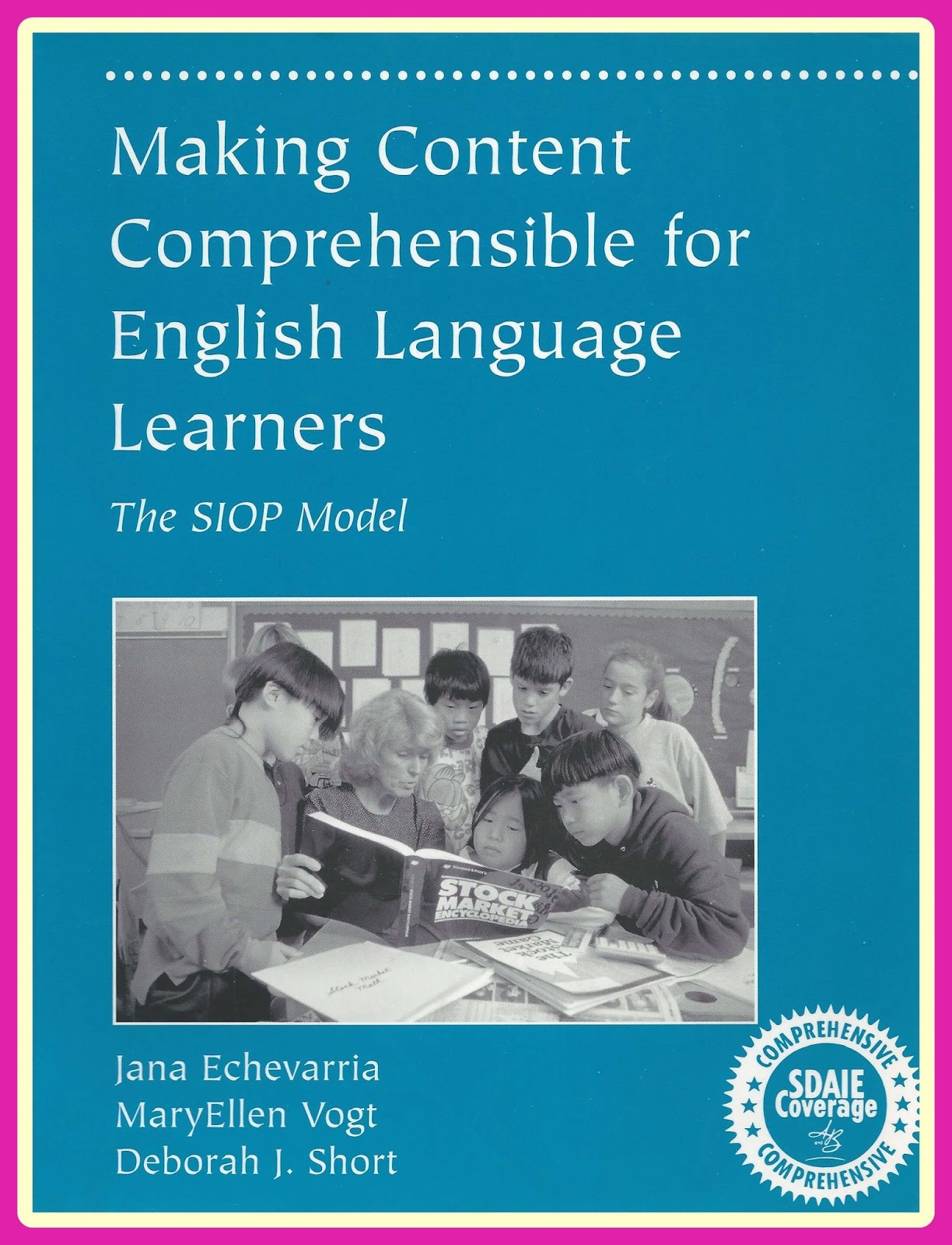 |
| I have the 1st edition of the book, shown above; source: The ESL Nexus |
Writing Content and Language Objectives
So what does it mean to write content objectives and language objectives? First, let’s define what those terms mean. There may be different definitions but for me, content objectives are what students are going to learn – it’s the information about a topic or the subject matter knowledge.
The language objectives are the means by which students will learn the information, or the actual language concepts that are being taught. In other words, the language objectives can be, for example, the grammar structures or vocabulary words students are learning; or they can be strategies for doing the content, such as working with a partner to peer edit a piece of writing. I like to think of content objectives as the WHAT and language objectives as the HOW.
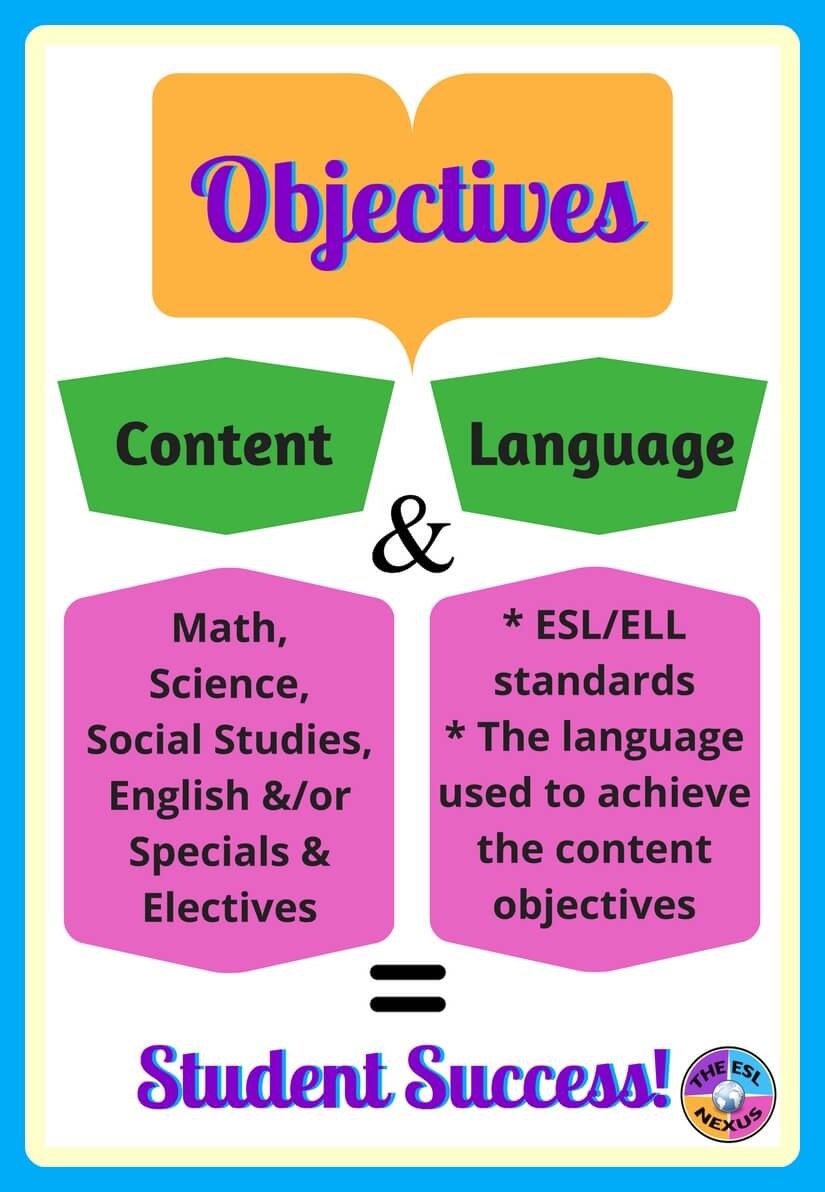 |
| Types of learning objectives, based on SIOP; source: The ESL Nexus |
But where do you get these objectives from? Content objectives come from your content standards or frameworks; language objectives come from your ESL standards or framework. Every U.S. state has ESL standards; 37 states and territories are members of the WIDA Consortium, 7 states are members of the ELPA21 Consortium, and the remaining states have their own ESL standards. Likewise, every state also has content standards for core academic subjects, which may or may not be unique to a state.
The Common Core State Standards for Language Arts and Math standards adopted by many states if they didn’t write their own; the Next Generation Science Standards are for science; and the College, Career, and Civic Life (C3) Framework for Social Studies State Standards addresses social studies. States also have their own standards for many specialist subjects such as art, technology, and health. Other countries also have standards for teaching ELLs.
Example of Content and Language Objectives
Because in most of my classes I was teaching ESL within the context of academic subjects, I found it easier to determine the content objectives first and then extract the language objectives from them. Let’s say, for example, that I was teaching a unit on Ancient India and the topic was the Indus River Valley Civilization, which I usually abbreviated due to space constraints on my poster board. At the beginning of the unit, some of the things I’d want my students to learn would be where the civilization was located and when it existed.
So I might write my content objectives like this (although there are many ways I could write them and this is just an example):
* Determine the absolute location of the IRVC
* Determine the relative location of the IRVC
* State the dates the IRVC existed
* Write the latitude and longitude of Mohenjo-Daro and Harappa
* List the modern-day countries that border the IRVC
* Read a timeline to find the dates of the IRVC
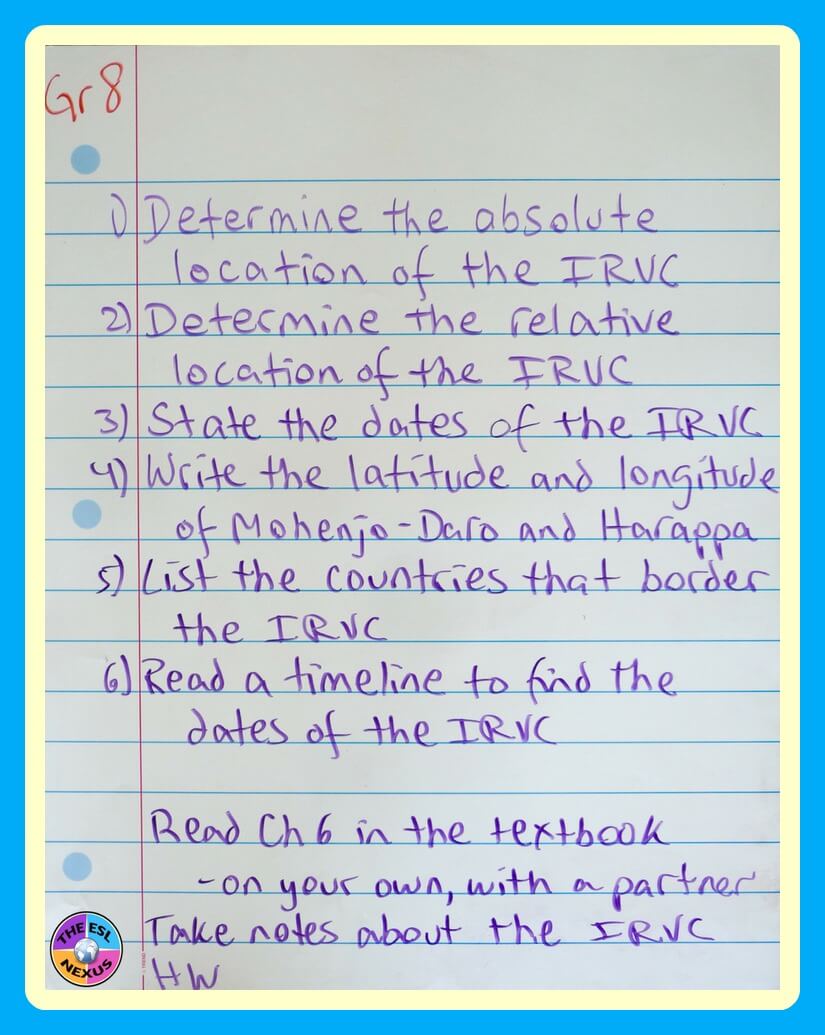 |
| Example content & language objectives; source: The ESL Nexus |
You may have noticed that I listed all the content objectives first and followed them with all the language objectives. I liked to split them up like that because a) It was easy to correlate my language objectives with my content objectives that way and b) I wanted my students to see that they were learning both content and language during the lesson.
I wrote my objectives with dry-erase markers on lined, erasable, heavy-duty poster board. I punched three holes in the top and hung them on a stand at the front of my classroom where everyone could see it. I wrote the objectives for each class after school ended the day before, so they were all ready to go when I needed them.
Once students were in their seats, I started every class the same way. It’s important to read through all the objectives because that helps ELLs understand what the class will be about. Reading them aloud will help ELLs comprehend any new words they don’t recognize in print but which they may have heard someone say. And when the objectives are visible for the entire period, ELLs can refer back to them throughout the lesson and use them as a sort of pacing guide.
Why Writing Content and Language Objectives is Important
You might be thinking: Hey, that’s gonna take extra time that I don’t have. Well, yes, it does take a bit more time when you first start to do this but that’s because it’s a different way of thinking. Once you get used to it, figuring out your language objectives becomes pretty easy and it doesn’t take long at all to write them.
You might also be thinking: But I’m not an ESL teacher, so this doesn’t apply to me. Wrong! If anything, it’s even more important for mainstream teachers to write their objectives like this. Doing so helps ELLs focus by giving them a guide of what to expect in the lesson. As a result, ELLs will be less stressed and they’ll feel a sense of control because they’ll be able to better follow what’s going on during the class.
ELLs have to learn both the academic content and the English language simultaneously. Writing content and language objectives and then presenting them at the beginning of the lesson will give your ELLs – as well as your other students — a head start on being successful in your class.
September 11, 2017

